Quiche Lorraine is an all-time classic. A flaky, buttery shortcrust pastry base filled with a rich, soft and fluffy mix. Bringing the flavours of smoked bacon, Gruyere cheese, eggs, cream and nutmeg, you can almost taste the region it comes from. This is a classic recipe that can be served all year round. It’s more simple to make than it first seems and is sure to impress!
The Origins of Quiche Lorraine
Quiche Lorraine, and in fact quiches in general, originated unsurprisingly in the region of France known as Lorraine on the German border. Lorraine itself has a very interesting history, having exchanged ownership between France and Germany multiple times. As such, it bears similarities to some German dishes (such as Flammkuchen) despite being a French classic.
The orgins of quiches can be traced back to medieval dishes made in Germany. The name is even thought to derive from the German word Kuchen. These themselves stretch further back to similar Roman dishes. The medieval ancestor of the dish was fairly simple. It was more or less just an egg omelette in more of a breadlike pastry, similar to pizza dough. The simplicity likely came from the lack of avaialbility of fancy ingredients to peasants, and the existance of religious observations of restricted diets. These included lent and ember days.
In the 19th and 20th centuries, it bgan to gain recognition around the UK and continental Europe and became widely populr. The addition of cheese and the usage of a shortcrust pastry occurred around this time. As this popularity spread, more variations appeared for different areas and seasons. Nowadays, you can find quiches with almost any fillings you would want!
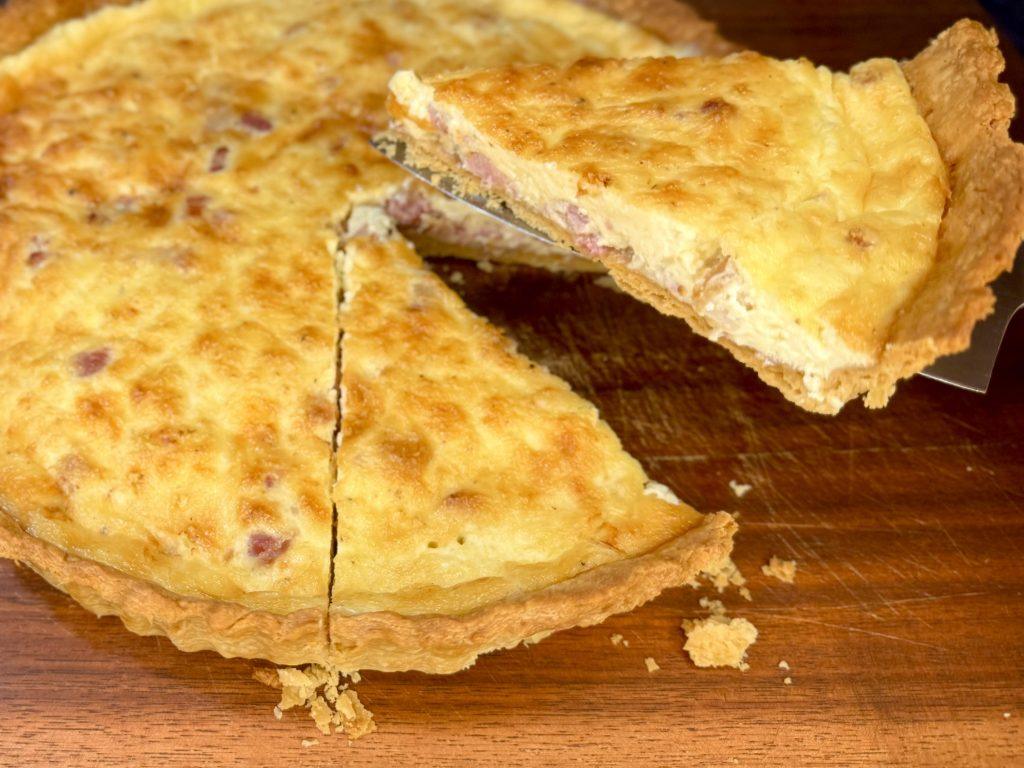
Making a Quiche Base
The first aspect of making a quiche you will come across is the pastry. Pastry has a reputation for being quite difficult to make and work with. This is true, but fortunately shortcrust is one of the easiest! If you do not want to make your own, you can easily find sheets of ready-made shortcrust or ready made quiche shells in supermarkets. However, if you really want to make something special, you should make the pastry yourself! Follow my recipe here for how to make the perfect shortcrust pastry!
To make a quiche, your pastry needs to be blind baked. This is becaue the filling is quite wet, and without a blind bake you will end up with a soggy bottom and a shell that doesn’t hold together. Naturally, this can be intimidating if you have not blind baked something before. Really though, it i quite simple. To blind bake the pastry you need to line it with foil or baking paper and weigh it down with something. Normally baking beans would be best, but if you do not hve any then uncooked rice will work. Don’t forget to prick the pastry base with a knife first! This prevents the bottom from forming bubbles. Bake the pastry with the baking beans in for 10 minutes at 220°C, then remove the beans and paper and bake for a further 10 minutes at 220°C to turn golden and crisp.
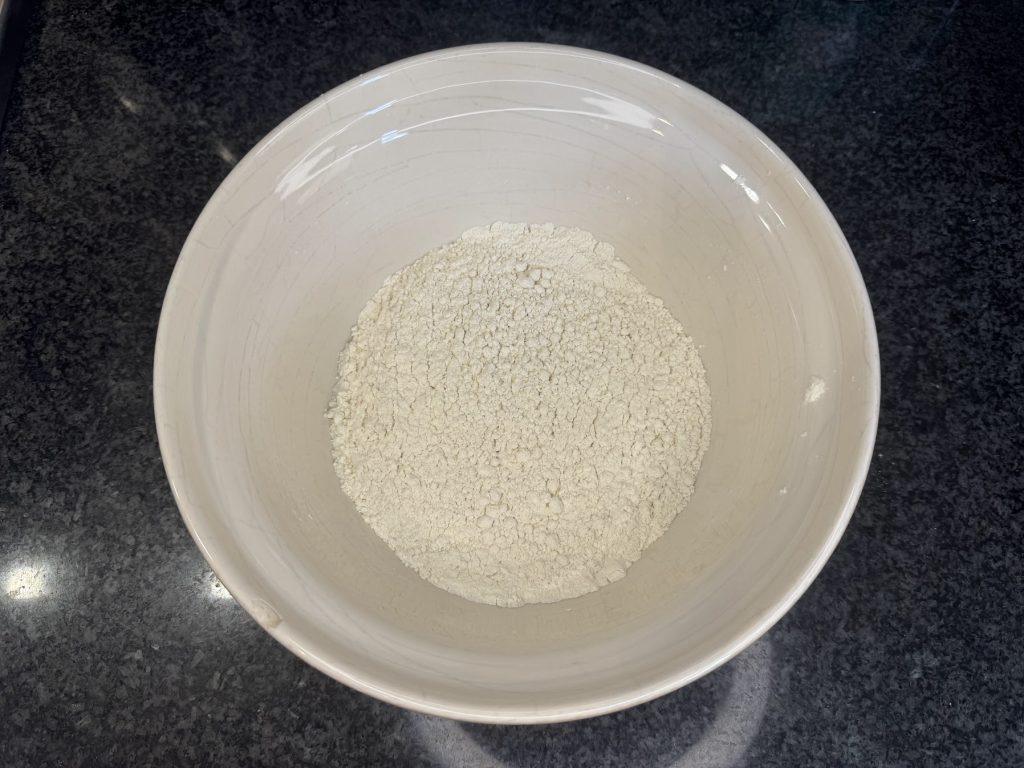
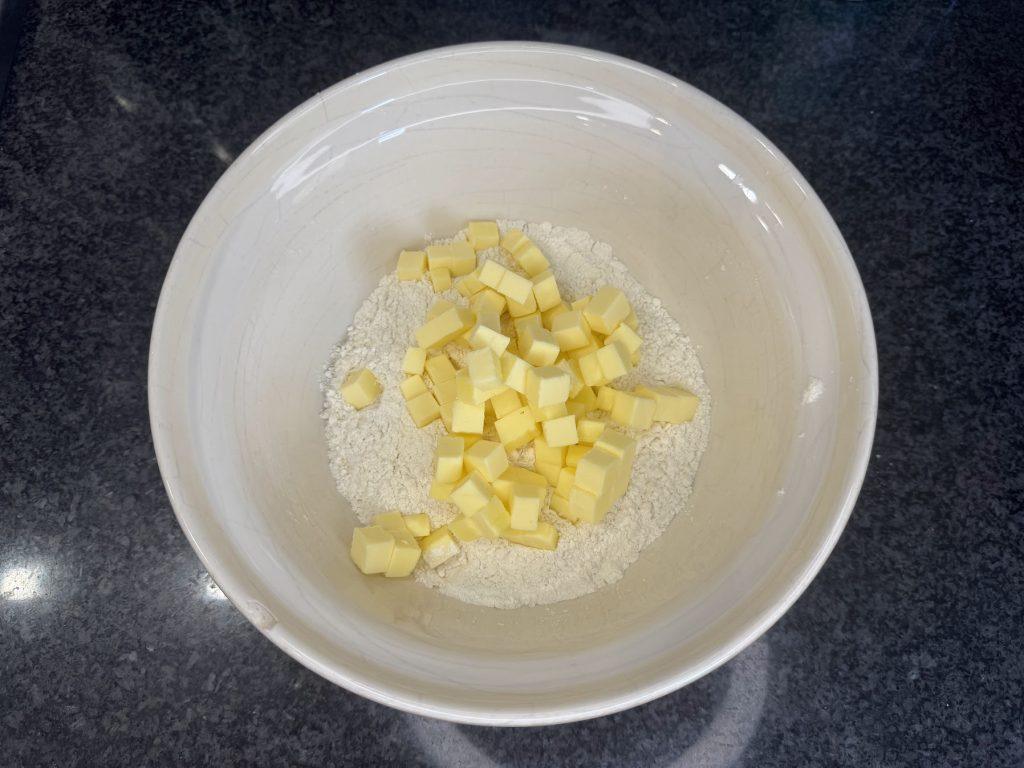
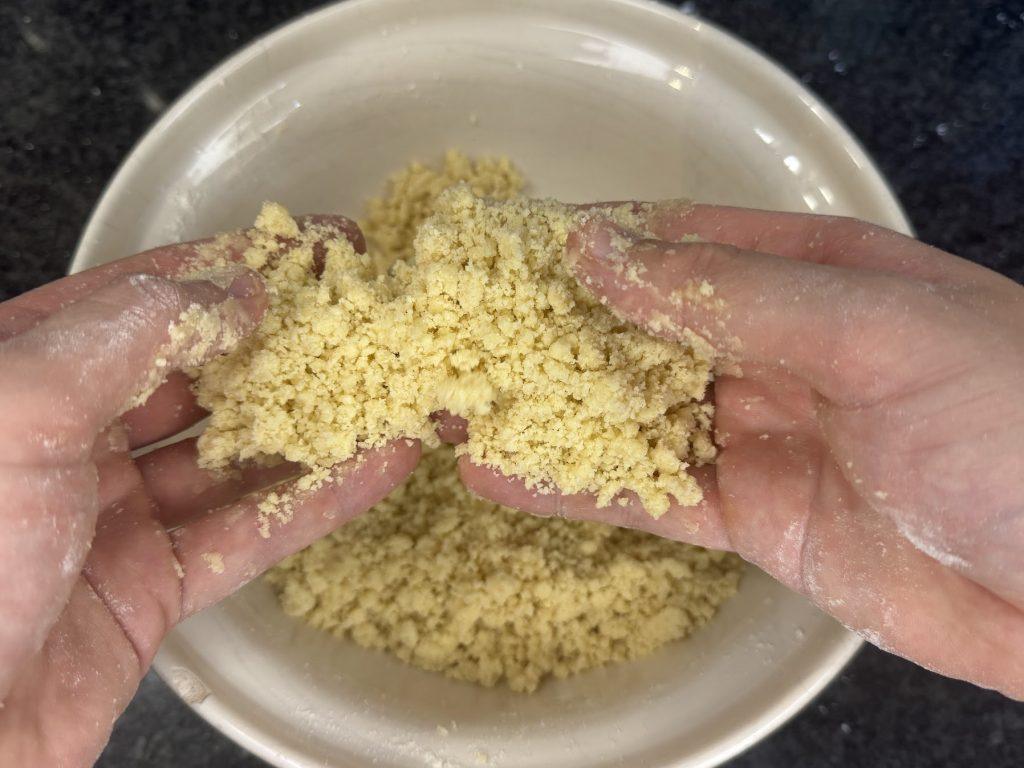
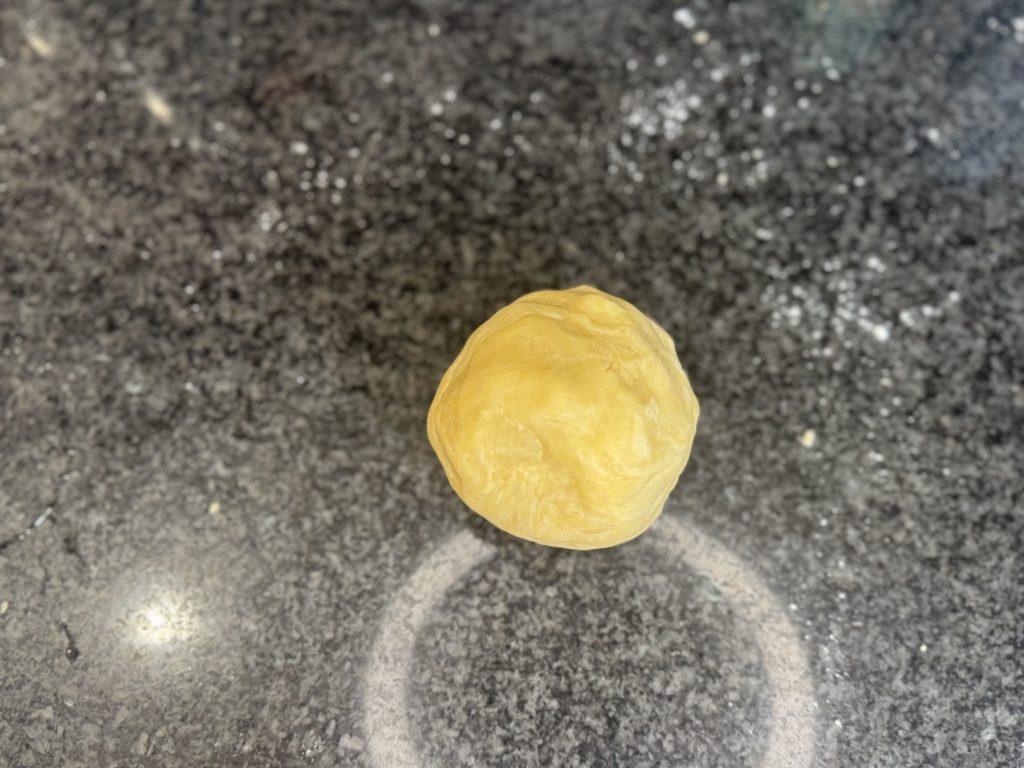
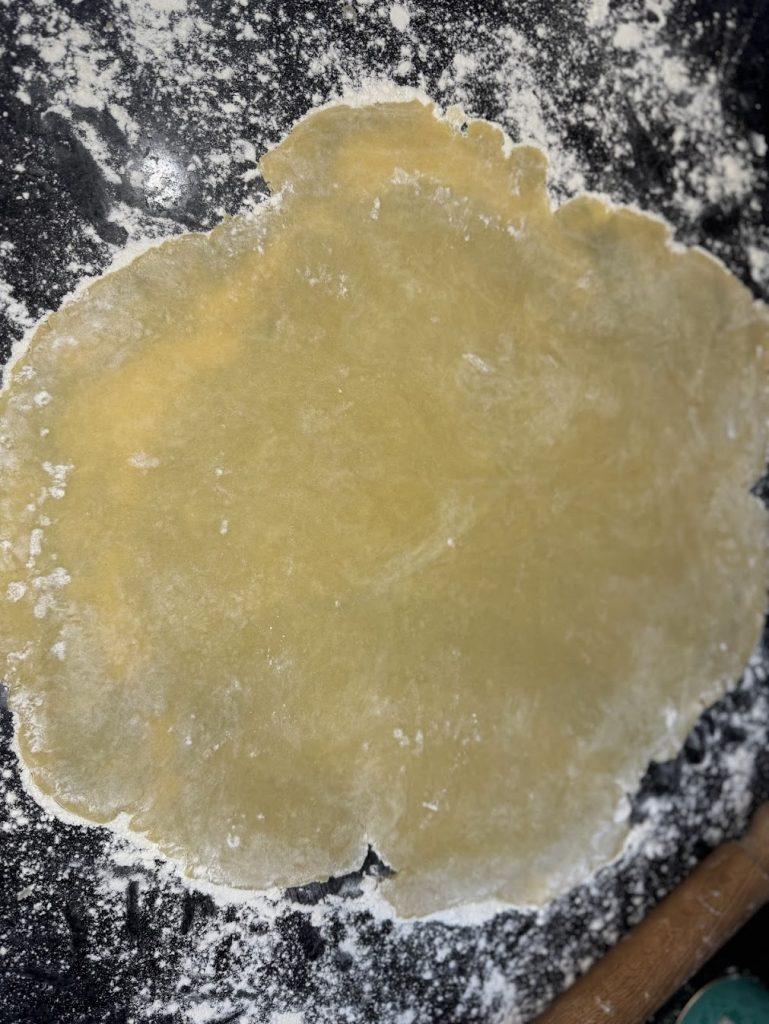
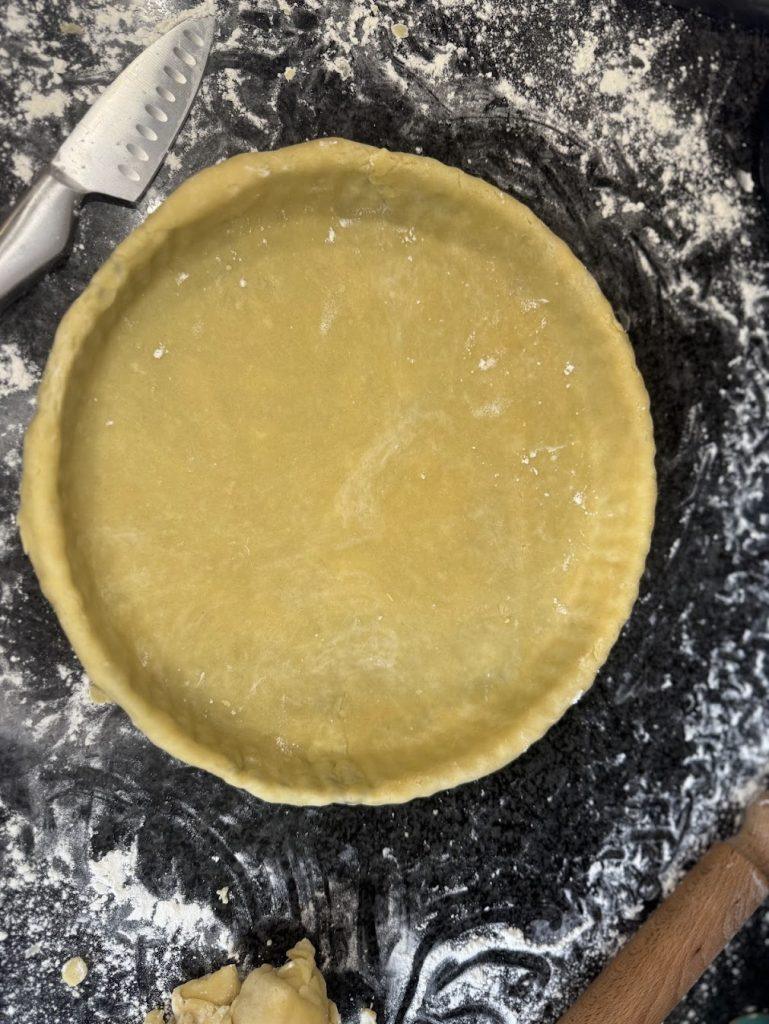
Making the Quiche Filling
The filling does not take a lot of work to prepare. Really it is jsut about beating the egg mixture together and adding the lardons and cheese. You need to cook the lardons first, or else this will not happen fully during baking. You should try not to beat the egg mixture too much, so as not to introduce too much air. This helps result to be light and fluffy, but not too spongy! One final tip around the egg mixture is not to salt it. You may be tempted too, however there will be plenty of salt in the pastry and in the gruyere and lardons. Adding any to the mix will make it too salty!
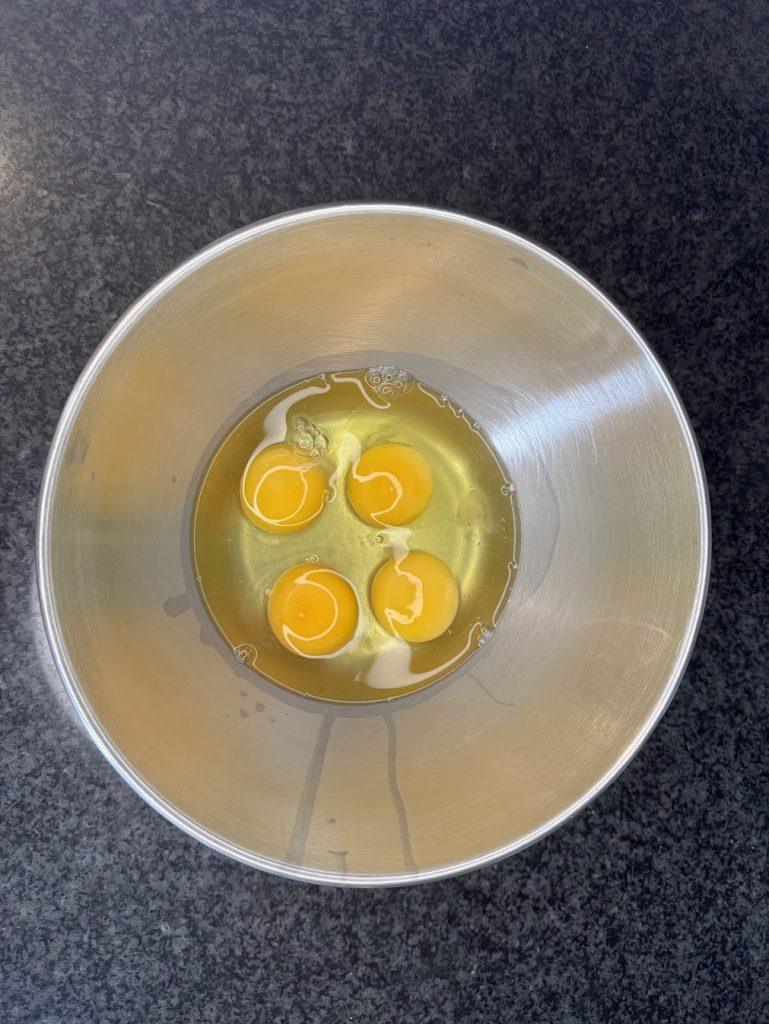
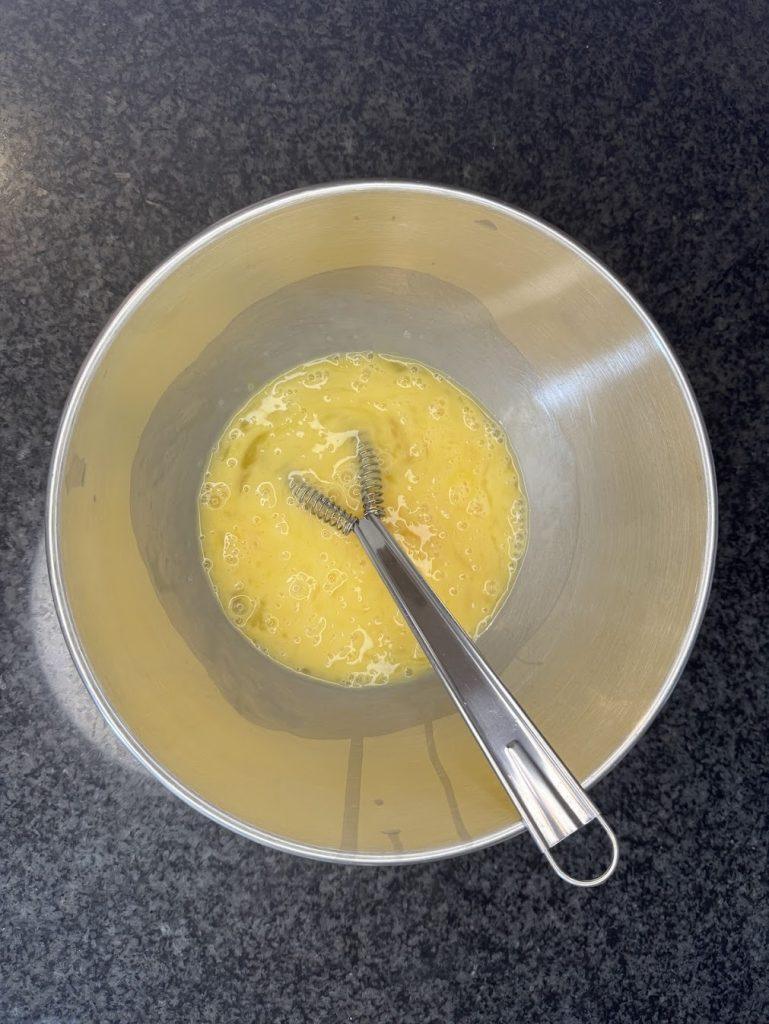
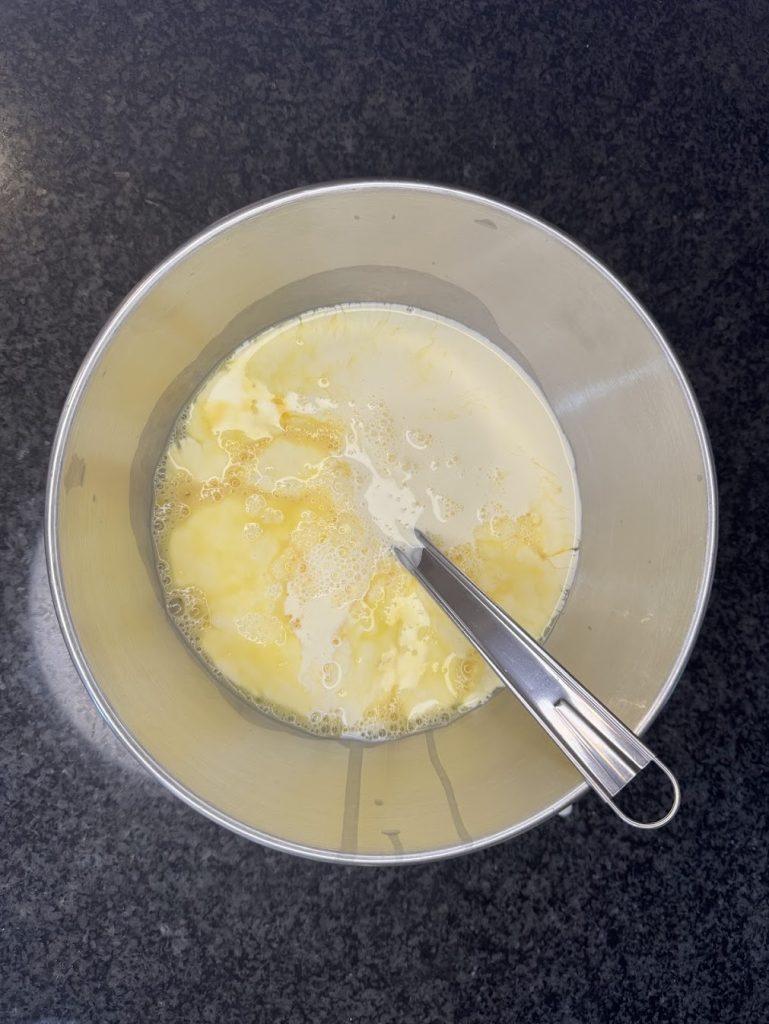
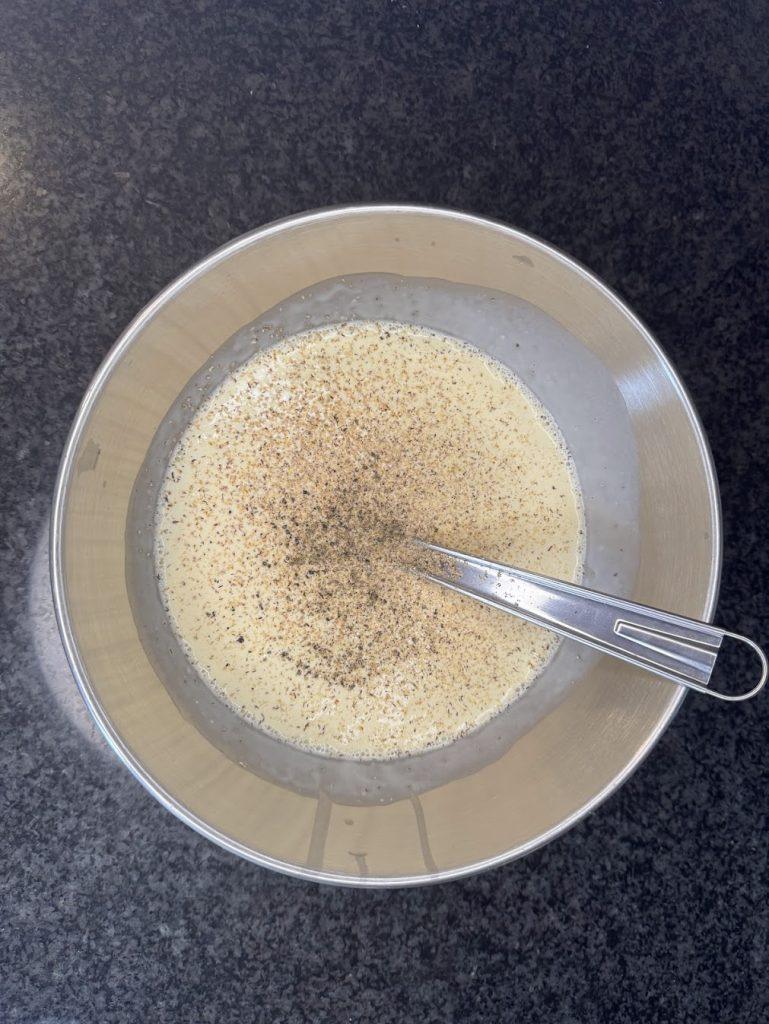
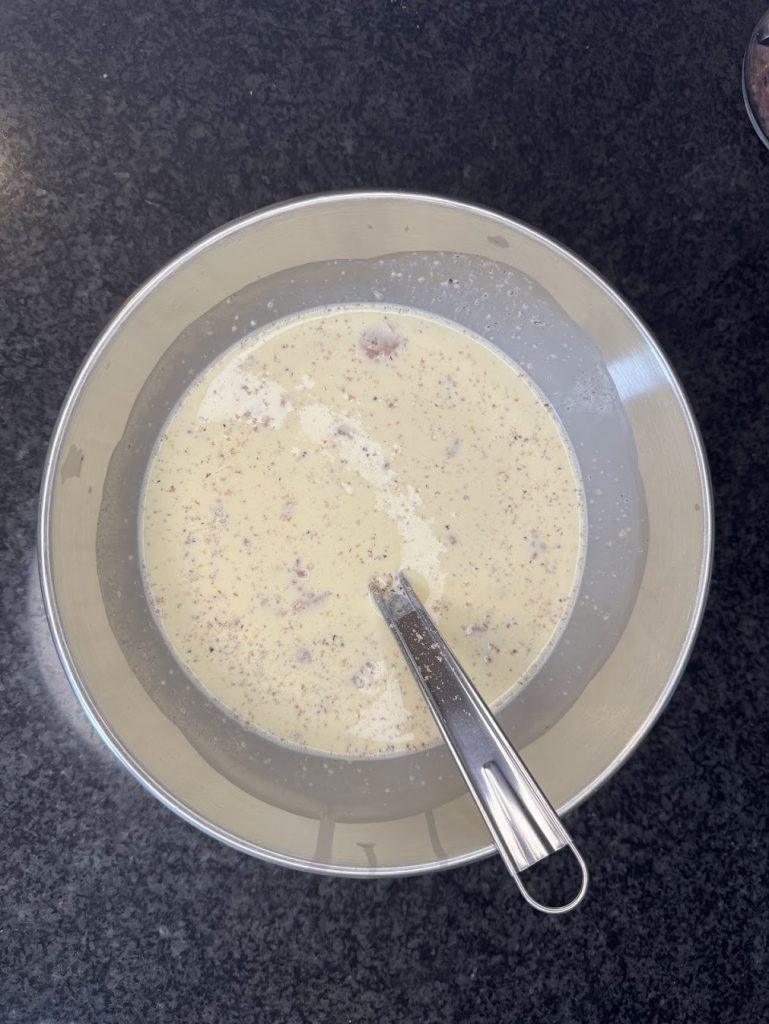
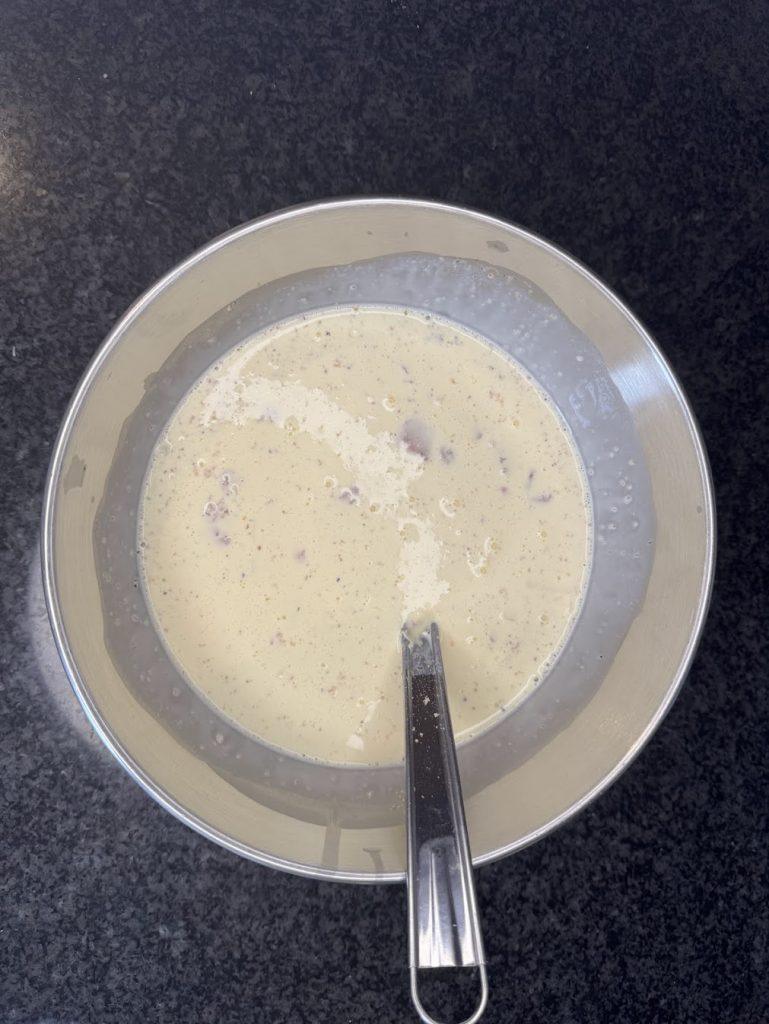
This is a traditional quiche lorraine, so the ingredients are rather predictable. This doe not mean this recipe only works for these fillings! Once you get used to making quiches though, the options are pretty much all open to you. You can get creative with whatever you want!
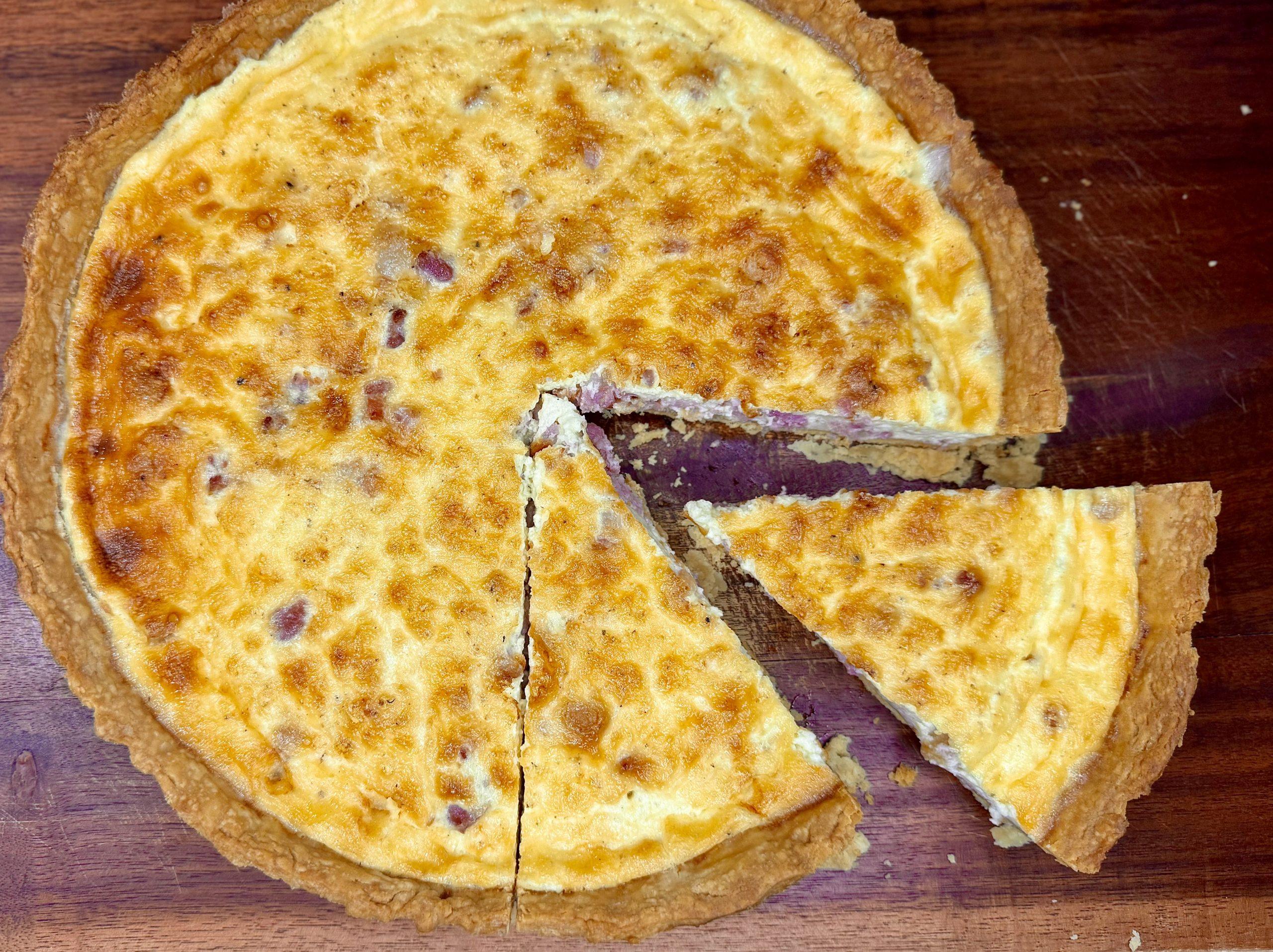
Classic French Quiche Lorraine
Ingredients
Equipment
Method
- Flour your work surface and roll out your shortcrust pastry to about 2-3mm thick.
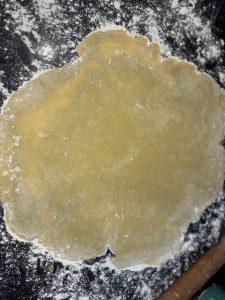
- Roll the pastry back over the rolling pin to lift it. Lay it gently over the quiche tin and lift the sides to let it fall in to the bottom. Cut off some of the excess and form it into a ball. Use this ball to press the pstry into the corners and into the flutes of the tin.
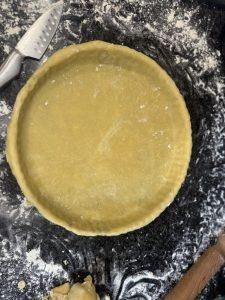
- Trim the edges, leaving a bit of extra around the top. Your pastry will shrink a little as it cooks, so you want to give it some leeway.
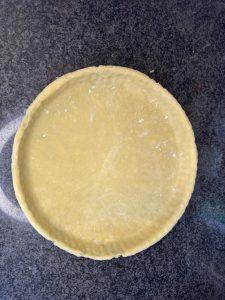
- Heat your oven to 220°C and put the pastry in the fridge to chill the tin for 30 mins while the oven heats up.
- Line your pastry with baking paper or tin foil. Fill it with baking beans, use uncooked rice if you do not have any baking beans.
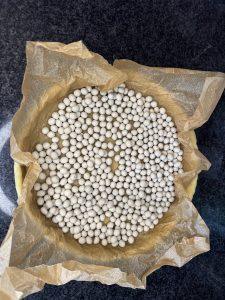
- Bake for 10 mins with the beans in. Remove the beans and bake for a further 10 mins uncovered. Remove and set aside and turn the oven temperature down to 180°C.
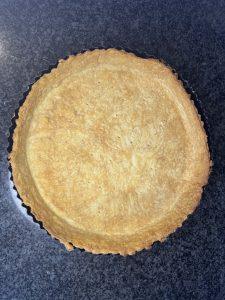
- While the pastry is baking heat a pan over medium heat and add the lardons. Cook until the liquid they release is gone, but don't brown them too much. Set aside and let cool.
- Mix the eggs in a bowl and beat in the cream and milk.
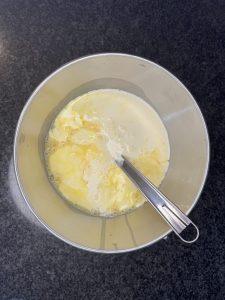
- Add in the pepper and nutmeg and mix.
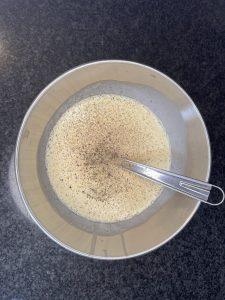
- Split the gruyere in half. Grate one half and cut the other half into small cubes.
- Add the lardons and grated gruyere to the egg mix, holding back a small amount of lardons to scatter on top.
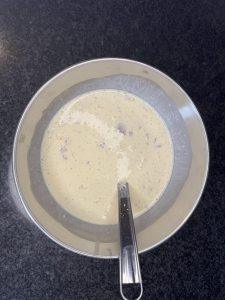
- Scatter the cubed gruyere across the bottom of the pastry base.
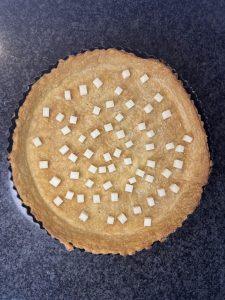
- Pour over the filling mix.
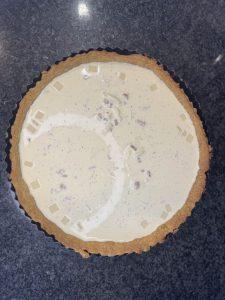
- Scatter the remaining lardons over the top.
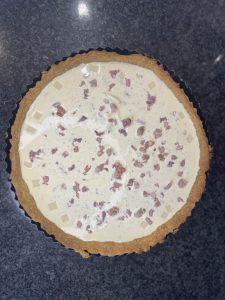
- Bake in the oven for 25 mins at 180°C. Check to see if it is done. If it is, it will be just slightly jiggly and browned in spots on top. If you stick a knife in, it should come out clean with no egg mix sticking to it. If it is not done, put it back in the oven for a few more minutes and check again.
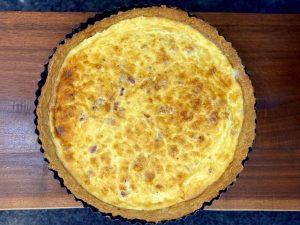
- Serve and enjoy!
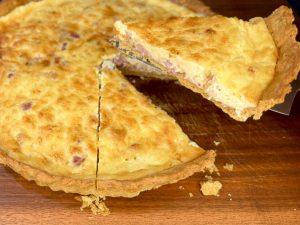
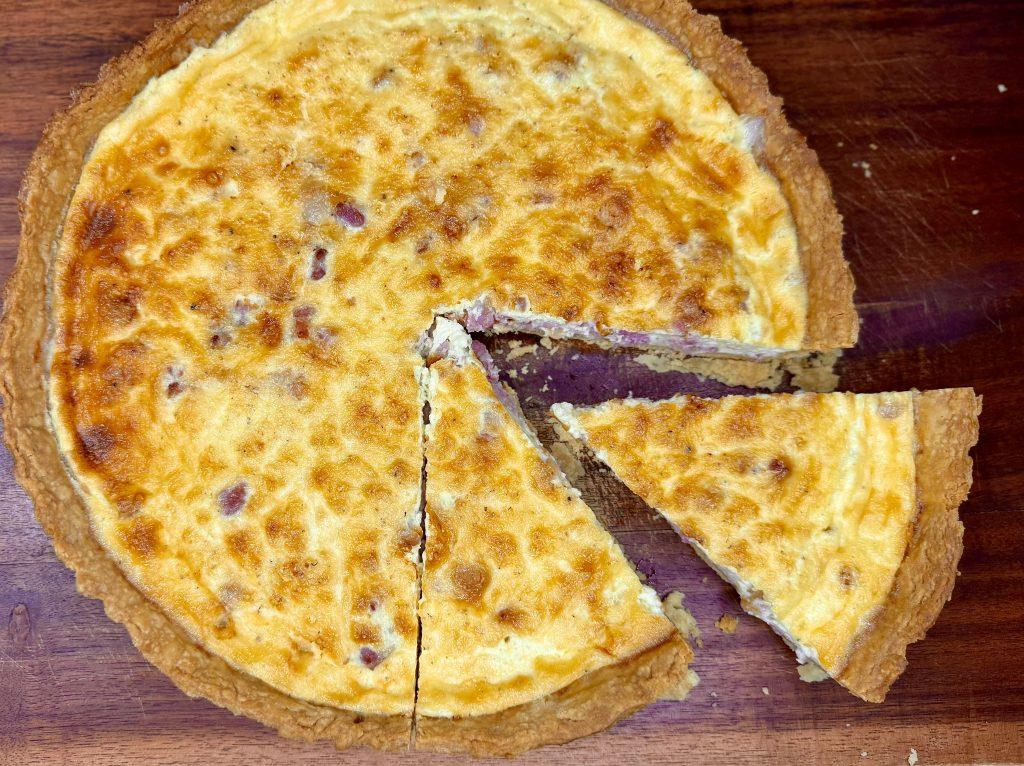


Leave a Reply